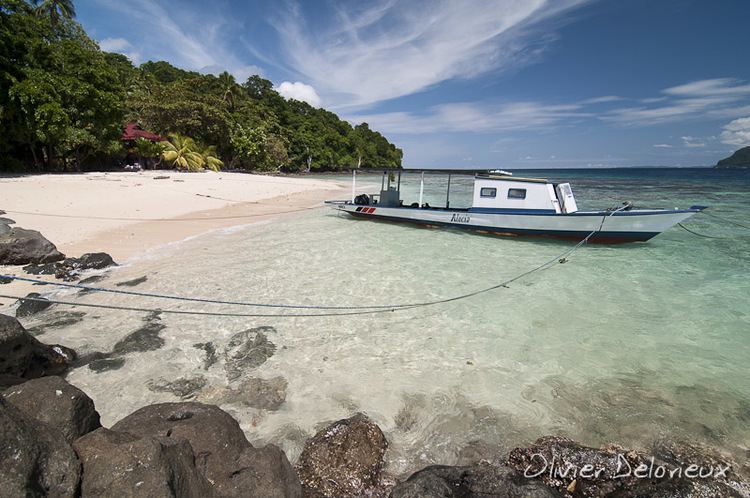Location South East Asia Highest elevation 699 m (2,293 ft) Population 960,692 (2010 Census) | Area rank 68th Highest point Mount Maras Area 11,910 km² | |
 | ||
Points of interest Pantai Parai Tenggiri, Pantai Tikus, Museum Timah Indonesia, Rambak Beach, Padepokan Puri Tri Agung | ||
Coral eye resort bangka island north sulawesi indonesia
Bangka (or sometimes Banka) is an island lying east of Sumatra, administratively part of Sumatra, Indonesia, with a population of about 1 million. It is the main part of Bangka-Belitung Province. The provincial capital, Pangkal Pinang, lies on the island. The island is administratively divided into 4 regencies and a chartered city.
Contents
- Coral eye resort bangka island north sulawesi indonesia
- Map of Bangka Island Bangka Belitung Indonesia
- Geography
- Economy
- Demographics
- History
- Item of note
- References
Map of Bangka Island, Bangka-Belitung, Indonesia
Geography
Bangka is an island province together with Belitung Island. Bangka lies just east of Sumatra, separated by the Bangka Strait; to the north lies the South China Sea, to the east, across the Gaspar Strait, is the island of Belitung, and to the south is the Java Sea. The size is about 12,000 km². Most of the geographical faces of the island consists of lower plains, swamps, small hills, beautiful beaches, white pepper fields and tin mines.
The largest town is Pangkal Pinang which also serves as the capital of Bangka-Belitung Province. Sungai Liat is the second largest city in Bangka island. Mentok (formerly called Muntok) is the principal port in the west. The other important town are Toboali in the southern region, Koba an important tin mining town, also located on the southern part of the island, and Belinyu a town famous for its seafood products. There are 4 sea ports in Bangka; Mentok on the far west, Belinyu on the far north, Sadai on the far south, and Pangkal Balam are the closest one to Pangkal Pinang. It is intended, that a nuclear power station be built there.
The population was 626,955 in 1990, and 960,692 in the 2010 census; the area is 4,487.87 sq mi (11,623½ km²).
Economy
Since c. 1710, Bangka has been one of the world's principal tin-producing centers. Tin production is an Indonesian government monopoly, and there is a tin smelter at Muntok. White pepper is also produced on the island.
Demographics
The majority of the inhabitants are Malays and Chinese, mostly Hakkas. The population is split between those work on the tin mines, palm oil plantations, rubber plantations, fisherman and those who work on pepper farms.
History
The sultan of Palembang ceded Bangka to Britain in 1812, but in 1814 Britain exchanged it with the Dutch for Cochin in India.
In 1930 Bangka had a population of 205,363. Japan occupied the island from February 1942 to August 1945 during World War II. The Japanese military perpetrated the Bangka Island massacre against Australian nurses and British and Australian servicemen and civilians.
Bangka became part of independent Indonesia in 1949. The island, together with neighboring Belitung, was formerly part of South Sumatra (Sumatera Selatan) province, but in 2000 the two islands became the new province of Bangka-Belitung.
Bangka is also home to a number of communist Indonesians who have been under house arrest since the 1960s anti-Communist purge and are not permitted to leave the island.
Item of note
Bangka is reputedly the setting for Joseph Conrad's book Lord Jim.
